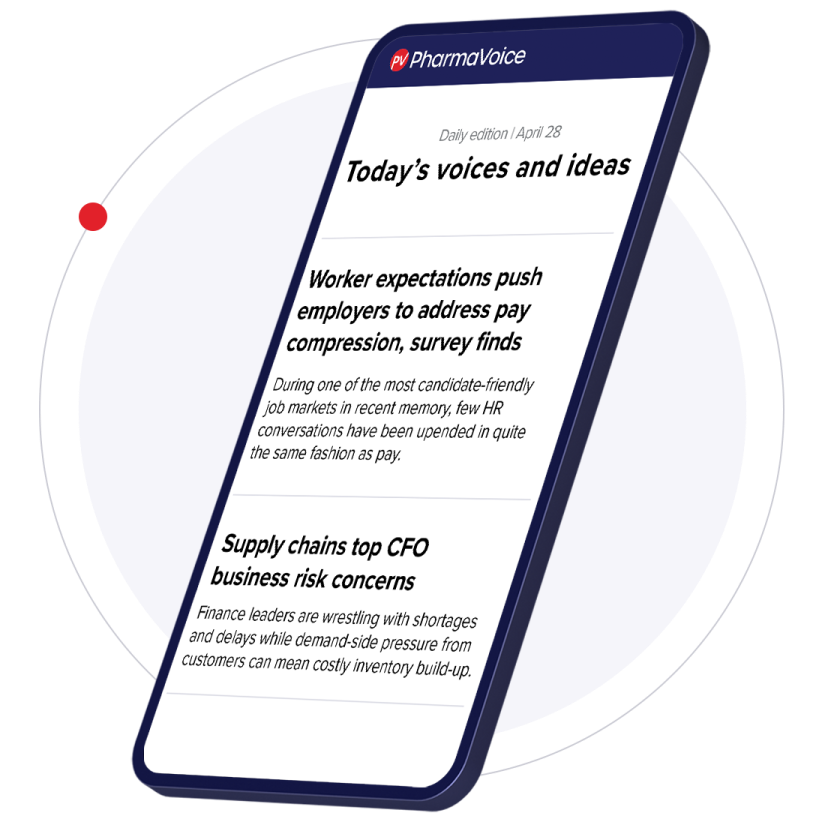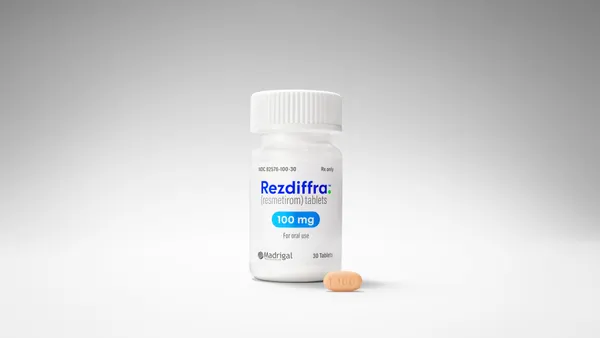As regulators and commercial payers tighten the screws on pharma’s profits, companies need to get the ball rolling early to position drugs for a competitive market.
Convincing payers and doctors that breakthroughs and first-in-class therapies are worth the investment can be tricky, and many drugmakers are beginning to think about coverage and reimbursement strategy as early as phase 1, according to a recent report from Norstella.
“A thoughtful market access strategy early in the development process is key to launch success in this world of personalized medicine, especially for competitive launches, where there are many different classes of treatment available,” said Catherine Humphries, senior consultant in advisory services at MMIT, a Norstella company, in an email to PharmaVoice.
Many companies find that making a successful case requires newer tools such as real-world data and AI analyses because clinical performance alone might not always be enough.
“Increasingly, payers are asking manufacturers to provide evidence of a brand’s superiority beyond mere trial results,” Humphries said.
Real-world patient data can highlight cost savings and improved outcomes, showing that patients who receive the drug need fewer emergency room visits or have better symptom control, for example.
A tough market
Pharma companies have lost some of their pricing power due to factors like Medicare’s newfound drug negotiation position, which the industry has been fighting in court. Pharmacy benefit managers have also been accused of jacking up drug prices, drawing fire from the Federal Trade Commission.
In an increasingly competitive landscape, commercial payers can force drug discounts that leave drugmakers out in the cold, Humphries said. These add to existing financial stressors like rising R&D costs and shrinking patient pools as medicines become more targeted.
“[Pharmas] face an evolving environment that requires more emphasis on efficiency of decision-making and cost savings at every step possible,” Humphries said.
To thrive in this environment, Humphries said pharmas need an “agile brand strategy response” to navigate the thicket of payers, group purchasing organizations, integrated delivery networks, oncology pathways and healthcare providers.
“By the time a drug receives regulatory approval, a clear strategy should be in place to best meet the demand of payers."

Catherine Humphries
Senior consultant in advisory services, MMIT
Evidence of a drug's value must be compelling enough to woo payers and doctors along with value analysis committees and health technology assessment organizations, which requires a more creative approach, Humphries said.
Companies can demonstrate additional value to insurers by becoming a critical resource and offering educational support for prescribers and patients. For example, the rise of biosimilars in U.S. markets demonstrates the importance of that support, Humphries said.
“In the inflammatory space, biosimilar manufacturers are providing patient support programs similar to those of the reference brands, which helps payer decision-makers feel more confident that their members’ service level will remain high if switched to a biosimilar,” Humphries said.
Manufacturers in rare diseases and cancer subtypes are mining real-world data and lab test results to identify specialists who need education for challenging diagnoses.
AI can also help companies quickly assess the competitive landscape to determine other ways to make their product appealing to doctors and patients.
“Being able to launch a treatment for rare diseases that features convenient dosing, or that treats additional patient populations, can give your brand a real advantage at launch,” Humphries said.
The earlier companies start positioning a drug for a successful launch, the better.
“By the time a drug receives regulatory approval, a clear strategy should be in place to best meet the demand of payers, who will look for increasingly robust evidence that extends beyond clinical trials and into value for spend,” Humphries said. “A comprehensive strategy will include determining how to present payers, providers, value analysis committees and health technology assessment organizations with compelling evidence of the product’s value.”









